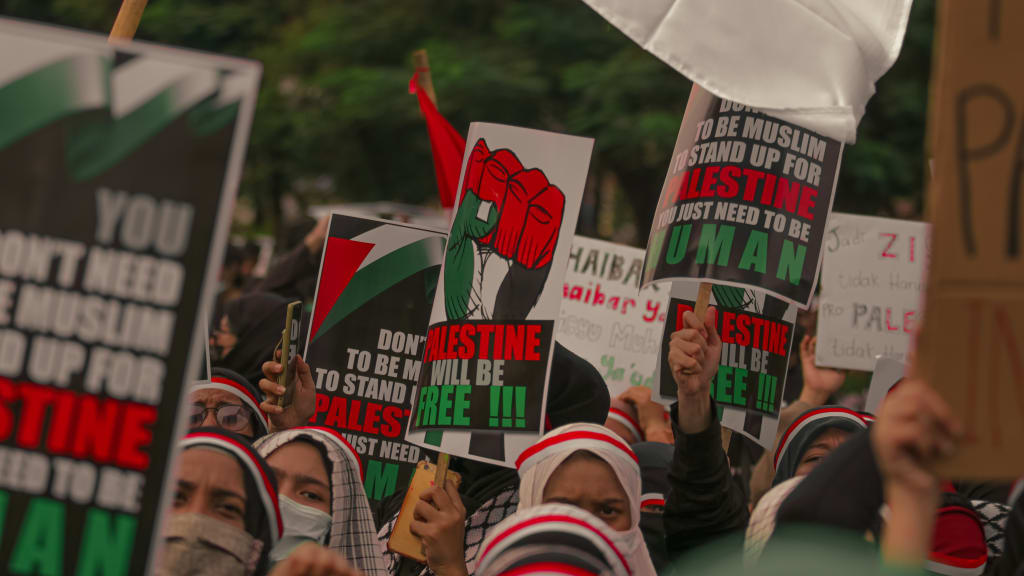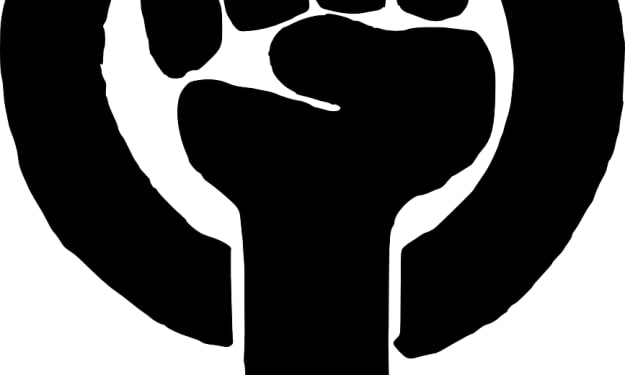Remembering the Nakba: Uncovering the Untold Stories of 1948 and its Ongoing Impact
Unearthing the History of a Tight-Knit Community

This narrative details the occurrences of 1948 in this particular area, a tight-knit community of 750 individuals known for their close bond. These events represent a dark episode in history that has been deliberately obscured, distorted, and largely forgotten in the Western world. The village stands as a symbol of the Nakba, a series of catastrophic incidents that led to the violent displacement of hundreds of thousands of Palestinians from their homeland to establish Israel.
The establishment of Israel in May 1948 is described as being born amid significant bloodshed. Despite historical changes to the borders of Palestine, the region has been a home for Palestinians for centuries, boasting numerous villages and thriving cities. Jerusalem holds special importance for various religious groups. The Ottoman Empire's decline saw a predominantly Muslim Palestinian population with Christian and Jewish minorities. While Palestinians had a distinct culture, they were often labeled as Arabs, though their identity as Ahl Filastīn, or people of Palestine, was unique.
Several political forces vied for control of the land. The Arab political movement sought independence from the Ottoman Empire, with hopes of a unified Arab state encompassing Palestine. The Zionist movement aimed for a Jewish state in response to rising anti-Semitism, especially in Europe and Russia. The British also had vested interests, seeking control to expand influence and safeguard trade routes. During World War I, Arabs collaborated with the British against the Ottomans, but the Balfour Declaration in 1917 favored Jewish settlement, disregarding Palestinian sentiment.
The British's strategic interest shifted towards supporting Zionists, leading to tension. Palestinian resistance against British colonialism and Jewish settlers was brutally suppressed. Amidst this backdrop, Jewish immigration increased due to persecution in Europe. Land disputes and evictions caused Palestinian-Arab rebellion, met with British troops and Zionist militias. The British eventually restricted Jewish immigration, sparking violence.
In 1947, Britain relinquished control of Palestine to the United Nations (UN), leading to the Partition Plan of 1947. However, the plan's allocation of land to a Jewish state and an Arab state, with Jerusalem under UN control, was met with Palestinian resistance due to its inequity. Despite this, the UN voted in favor of partition. Israel declared statehood in May 1948, leading to conflicts with Arab countries and Palestinian displacement.
Zionist paramilitary groups, especially the Haganah, implemented "Plan D" to secure territory, which included attacks on Arab villages. A notable massacre occurred in Deir Yassin. The ensuing violence led to the forced displacement of hundreds of thousands of Palestinians, the majority of whom became refugees. Arab armies' defeat did not end the Nakba, as Palestinians continued to be displaced and prevented from returning. This compounded their suffering.
Israel's creation did not halt the Nakba, as neighboring Arab countries entered into conflict. Palestinian refugees faced immense challenges, often leaving with minimal belongings and the hope of returning home. However, they were denied re-entry, and attempts to return were met with force. This marked both the displacement of Palestinians and the prevention of their return after the conflict ended, constituting the Nakba.
The Nakba resulted in Palestinian societal upheaval, with over half the population becoming refugees, stripped of land and homeland. Over time, Israel obscured evidence of Palestinian existence, changing place names and covering ruined villages with forests. Despite this, Palestinians maintain a strong connection to their heritage. While roughly 6,000 Israeli lives were lost during the Nakba, Palestinian deaths are estimated at around 15,000. By its end, about 750,000 Palestinians were forcefully expelled, with more than 500 villages destroyed. The UN partition plan gave Israel 56% of the land, but the Nakba saw it claim 78%, excluding the West Bank and Gaza Strip. Presently, these territories make up at least 85% of the area. This displacement transformed 6 million Palestinians into refugees, and while Israelis celebrate Independence Day, Palestinians continue to protest on May 15th, holding keys as symbols of their lost homes and hope for return. For Palestinians, the Nakba is not just a historical moment; it's an ongoing catastrophe.
About the Creator
nour slimani
Nour here, writing stories that ignite my inner dabbler journalist. Join me as I explore captivating subjects, weaving them into engaging narratives. Let's uncover hidden gems together!
Enjoyed the story? Support the Creator.
Subscribe for free to receive all their stories in your feed. You could also pledge your support or give them a one-off tip, letting them know you appreciate their work.






Comments
There are no comments for this story
Be the first to respond and start the conversation.